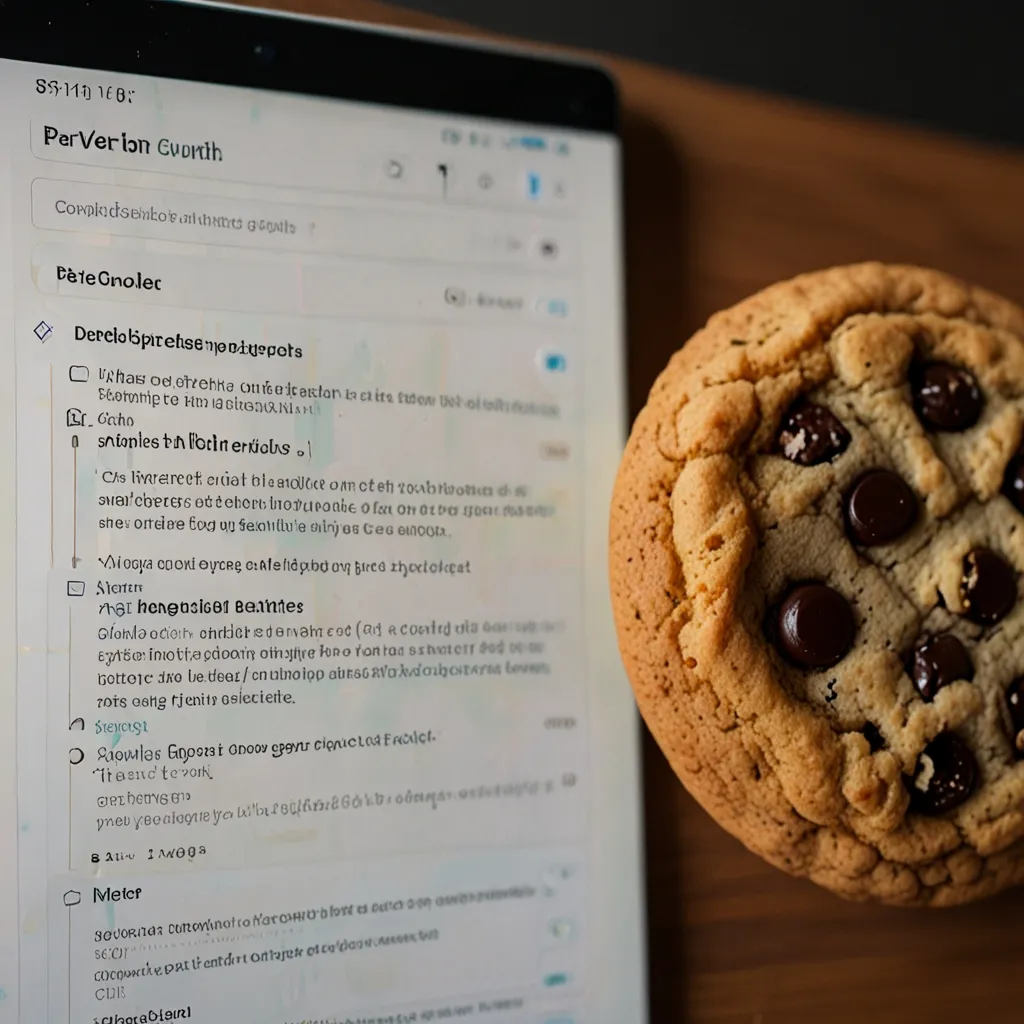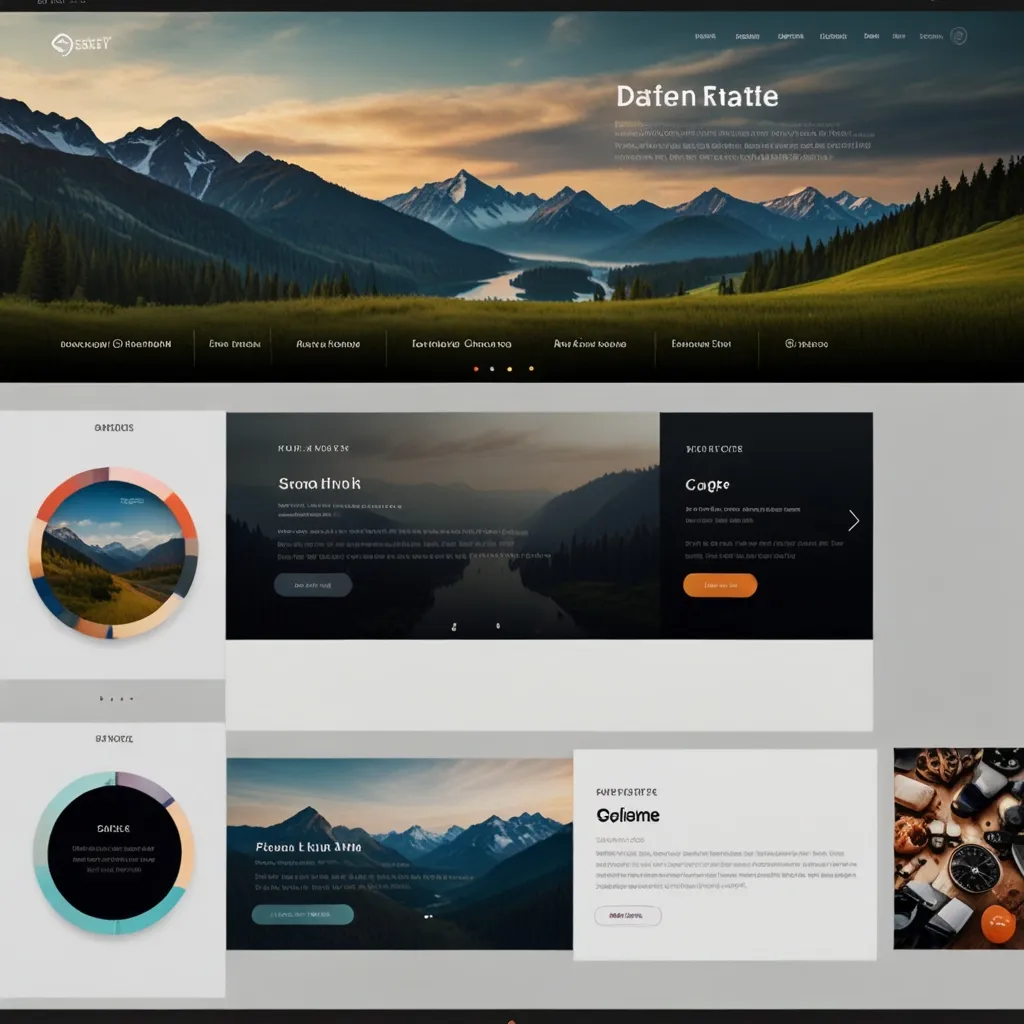Event listeners are the backbone of interactive web applications, allowing our code to respond dynamically to user actions. But how do we make sure these crucial components are working correctly? Enter Jest, a powerful testing framework that can help us ensure our event listeners are functioning as intended.
Let’s dive into the world of event listener testing with Jest. We’ll explore some advanced techniques that go beyond the basics, helping you write more robust and reliable tests for your JavaScript applications.
First things first, we need to set up our testing environment. If you haven’t already, install Jest in your project:
npm install --save-dev jest
Now, let’s say we have a simple button that changes color when clicked. Here’s our HTML:
<button id="colorButton">Click me!</button>
And here’s our JavaScript:
const button = document.getElementById('colorButton');
button.addEventListener('click', () => {
button.style.backgroundColor = 'red';
});
To test this, we need to simulate a click event and check if the button’s background color changes. Here’s how we can do that with Jest:
test('button changes color when clicked', () => {
document.body.innerHTML = '<button id="colorButton">Click me!</button>';
const button = document.getElementById('colorButton');
button.addEventListener('click', () => {
button.style.backgroundColor = 'red';
});
button.click();
expect(button.style.backgroundColor).toBe('red');
});
This test creates a mock DOM, adds our button, simulates a click, and then checks if the background color has changed. Pretty neat, right?
But what if we’re dealing with more complex event listeners? Say we have a form submission that triggers an API call. We don’t want to actually make that API call in our tests, so we need to mock it. Here’s where Jest’s mocking capabilities come in handy:
test('form submission triggers API call', () => {
document.body.innerHTML = `
<form id="myForm">
<input type="text" id="nameInput" />
<button type="submit">Submit</button>
</form>
`;
const mockApiCall = jest.fn();
const form = document.getElementById('myForm');
form.addEventListener('submit', (e) => {
e.preventDefault();
const name = document.getElementById('nameInput').value;
mockApiCall(name);
});
const nameInput = document.getElementById('nameInput');
nameInput.value = 'John Doe';
form.submit();
expect(mockApiCall).toHaveBeenCalledWith('John Doe');
});
In this example, we’re mocking the API call function and checking if it’s called with the correct argument when the form is submitted.
Now, let’s talk about asynchronous event listeners. These can be tricky to test, but Jest has us covered. Let’s say we have a debounced search input:
const debounce = (func, delay) => {
let timeoutId;
return (...args) => {
clearTimeout(timeoutId);
timeoutId = setTimeout(() => func(...args), delay);
};
};
const searchInput = document.getElementById('searchInput');
const search = debounce((query) => {
// Perform search
console.log(`Searching for: ${query}`);
}, 300);
searchInput.addEventListener('input', (e) => search(e.target.value));
To test this, we need to use Jest’s timer mocks:
jest.useFakeTimers();
test('debounced search is called after delay', () => {
document.body.innerHTML = '<input id="searchInput" />';
const searchInput = document.getElementById('searchInput');
const mockSearch = jest.fn();
const search = debounce(mockSearch, 300);
searchInput.addEventListener('input', (e) => search(e.target.value));
searchInput.value = 'test';
searchInput.dispatchEvent(new Event('input'));
expect(mockSearch).not.toHaveBeenCalled();
jest.advanceTimersByTime(300);
expect(mockSearch).toHaveBeenCalledWith('test');
});
This test simulates user input, fast-forwards time, and then checks if our debounced function was called.
Testing event listeners isn’t always straightforward, especially when dealing with third-party libraries or complex interactions. One trick I’ve found useful is to expose the event listener callback for testing. For example:
class MyComponent {
constructor() {
this.handleClick = this.handleClick.bind(this);
}
handleClick() {
// Do something
}
init() {
document.addEventListener('click', this.handleClick);
}
}
Now we can test the handleClick method directly:
test('handleClick method works correctly', () => {
const component = new MyComponent();
const mockHandleClick = jest.spyOn(component, 'handleClick');
component.handleClick();
expect(mockHandleClick).toHaveBeenCalled();
});
This approach allows us to test the logic of our event listener without having to simulate the event itself.
When testing event listeners, it’s also important to consider cleanup. If your code adds event listeners, make sure it also removes them when necessary. Jest provides an afterEach hook that’s perfect for this:
afterEach(() => {
document.body.innerHTML = '';
jest.clearAllMocks();
});
This ensures that each test starts with a clean slate.
Remember, testing isn’t just about verifying that things work - it’s also about catching when things break. Try writing tests for edge cases and error conditions. What happens if an event listener is added twice? What if the element it’s listening to doesn’t exist?
Here’s an example of testing an error condition:
test('throws error when element not found', () => {
expect(() => {
const nonExistentButton = document.getElementById('nonExistentButton');
nonExistentButton.addEventListener('click', () => {});
}).toThrow();
});
As you dive deeper into testing event listeners with Jest, you’ll discover more advanced techniques. You might explore snapshot testing for complex DOM changes, or use Jest’s coverage reports to ensure you’re testing all your event listener code.
Testing event listeners thoroughly can feel like a lot of work, but it pays off in the long run. It helps catch bugs early, makes refactoring easier, and gives you confidence in your code. Plus, there’s something satisfying about seeing all those green checkmarks in your test output!
Remember, the goal isn’t to test the browser’s event system (that’s the browser vendor’s job), but to test your code’s response to events. Focus on testing the logic within your event listeners, and you’ll be on your way to more reliable, maintainable code.
So go forth and test those event listeners! Your future self (and your teammates) will thank you.






